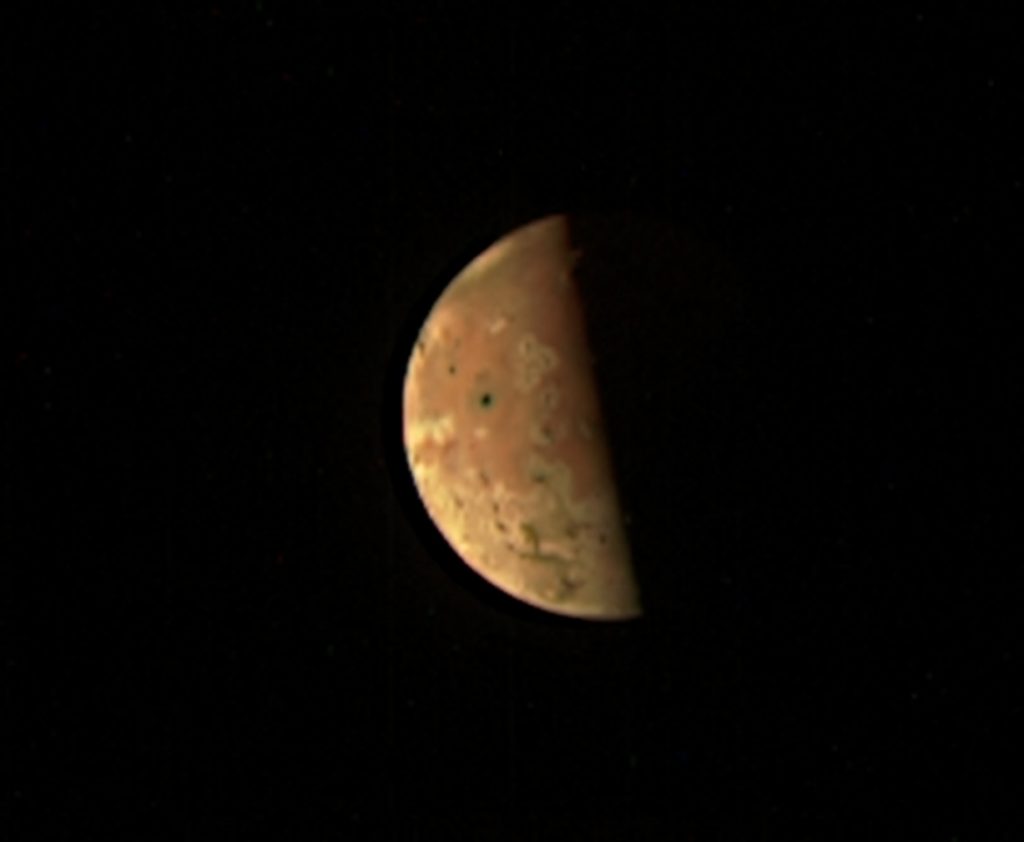The Juno mission team presented an image of Jupiter's moon Io obtained during its 47th approach
 Juno image of Io. Image: NASA/JPL-Caltech/SwRI/MSSS
Juno image of Io. Image: NASA/JPL-Caltech/SwRI/MSSS
NASA previously reported that during a flyby toan error has occurred on the space mission. The space agency's engineers were unable to access the spacecraft's memory, which stores scientific data collected during the flyby. NASA suggested that the problem was due to a burst of radiation. It arose when Juno flew through the radiation-intense part of Jupiter's magnetosphere.
NASA engineers for data recoveryrebooted the computer, and on December 17 put the ship into safe mode. In this state, only the main systems of the probe worked. By December 22, the engineers managed to fully restore the work of the Juno, after which they launched data transmission to Earth.
The release of a new image confirms that the data collected during the last approach of the Juno spacecraft to Jupiter was not affected. In the near future, NASA promises to publish new images.
The Juno robot was launched by NASAin 2011 and five years later reached Jupiter. Initially, it was assumed that she would study the largest gas giant in the solar system for five years, after which she would burn up in the planet's atmosphere. But later it was decided to extend the mission until 2025 to map the planet's satellites. This year, Juno explored Europe, the next target is Io. The maximum approach of the ship to this satellite will take place in late 2023 - early 2024.
Read more:
The tomb of the “midwife of Jesus” was unearthed: scientists told what they found there
The "Christmas Comet" flies to the Earth. Last seen by Neanderthals
Two genes found in humans that are unlike any known
On the cover: an artistic illustration of the Juno flyby of Jupiter. Image: NASA, JPL